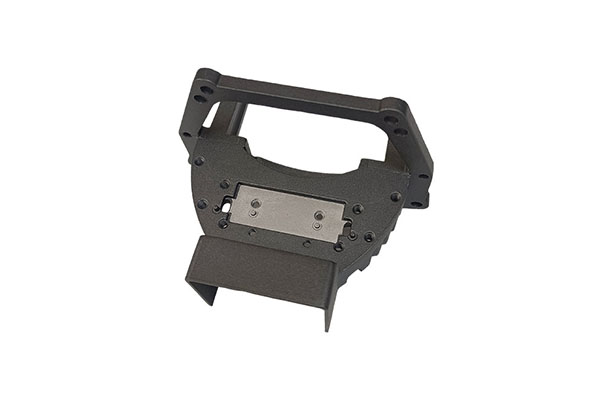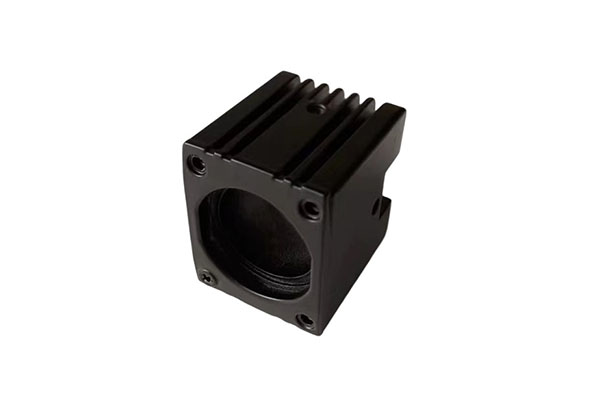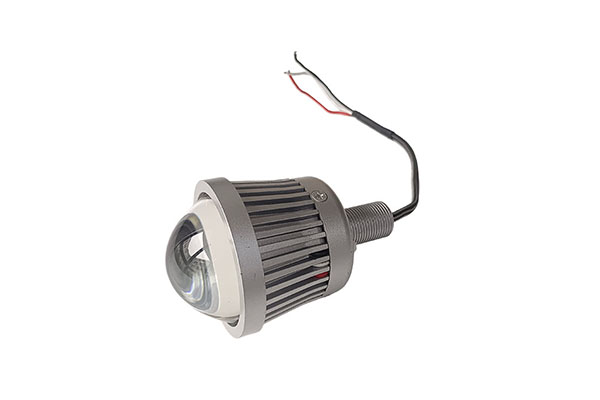How does the shock-absorbing design of the car headlight lens bracket protect the lens from impact damage?
Release Time : 2025-08-04
The car headlight lens bracket's shock-absorbing design uses a unique structural layout to create a flexible protective barrier for the lens. At the connection between the car headlight lens bracket and the lens, elastic cushioning components are typically used instead of rigid connections. These components deform slightly when impacted, converting the impact force that would otherwise directly impact the lens into elastic deformation energy within the cushioning structure, thereby reducing the instantaneous stress on the lens. This flexible connection breaks the rigid impact path, allowing some impact energy to be absorbed before reaching the lens, providing essential protection for the delicate lens components.
The choice of cushioning material is central to the effectiveness of the shock-absorbing design, as these materials possess excellent elastic recovery properties. Commonly used cushioning materials, such as specialized rubbers or elastic polymers, provide sufficient support strength to secure the lens in place while also rapidly compressing and deforming under external impact, dissipating the impact energy through intermolecular friction and deformation. When a vehicle encounters a bumpy road or a minor collision, the impact force is first applied to the car headlight lens bracket's cushioning material. The material's inherent elastic deformation gradually dissipates the impact force, rather than directly impacting the lens. This prevents the lens from cracking or breaking due to excessive, instantaneous force. The multi-directional shock-absorbing structure's cushioning capabilities can mitigate impacts from various directions. Impacts encountered during vehicle operation can come from multiple directions, ranging from vertical road bumps to lateral collisions. The car headlight lens bracket's shock-absorbing design incorporates buffer components in multiple directions, including horizontal and vertical. Each buffer structure independently addresses impact forces from that direction. This multi-directional protection ensures that impacts from any direction are absorbed and mitigated by the corresponding buffer structure, preventing lens displacement or damage due to unbalanced forces in one direction and comprehensively safeguarding the lens's structural safety.
The damping effect of the buffer design effectively suppresses the transmission of post-impact vibrations. When a vehicle is impacted, the car headlight lens bracket and lens experience a certain amount of vibration. Sustained transmission of this vibration can cause lens components to loosen or become fatigue-damaged. The damping material in the shock-absorbing structure dissipates vibration energy through internal friction, quickly attenuating the vibration amplitude and shortening its duration. This damping effect allows the lens to quickly stabilize after impact, minimizing the impact on its optical performance while preventing wear or loosening of lens components caused by continued vibration.
The shock-absorbing design precisely matches the lens's center of gravity, enhancing protection. During the design process, the placement and support strength of the shock-absorbing components are optimized based on the lens' weight distribution and center of gravity, ensuring balanced force distribution within the car headlight lens bracket. In the event of an impact, the shock-absorbing structure evenly distributes the impact force, preventing localized damage caused by concentrated force on a weak spot in the lens. This balanced force distribution ensures that impact forces are more evenly distributed across the lens, reducing the possibility of damage caused by localized overload and improving overall impact resistance.
The shock-absorbing structure's progressive energy absorption design accommodates impacts of varying intensities. Rather than simply providing elastic support, the shock-absorbing design achieves progressive energy absorption through structural optimization. During mild impacts, the outer layer of the shock-absorbing material takes over first, absorbing energy through slight deformation. With stronger impacts, the inner layer of the shock-absorbing structure further compresses, providing stronger support. This layered energy absorption mechanism allows the shock-absorbing design to adapt to varying impact levels, preventing lens shake and impacting lighting accuracy due to excessive shock absorption while still providing sufficient protection during severe impacts, achieving a balanced balance of stability and protection.
The stability of the shock-absorbing design ensures long-lasting, reliable protection over extended use. Durability-tested, the cushioning material and structure maintain stable elastic properties over extended use, resisting loss of cushioning effectiveness due to temperature fluctuations, aging, or frequent vibrations. Even after numerous minor vibrations during extended driving, the cushioning components retain their resilience, providing consistent shock absorption protection for the lens. This long-term stability protects the lens from impact damage throughout its service life, ensuring the long-term proper functioning of the vehicle's headlights.







